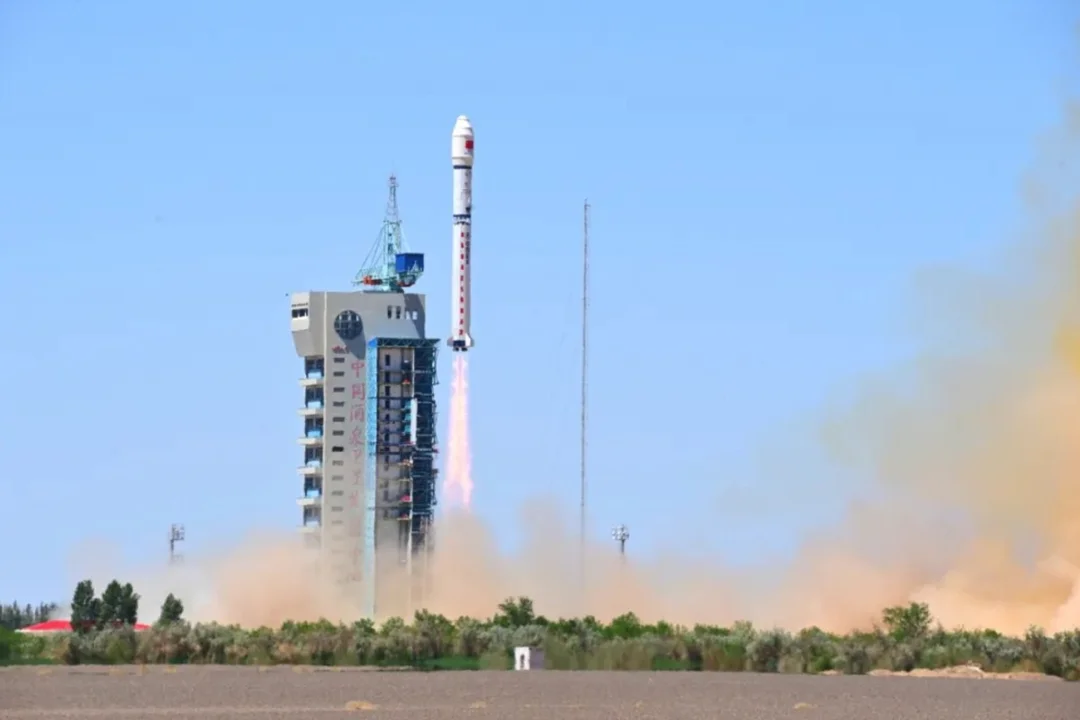
China Launches First AI Supercomputer Satellites into Space: A New Era of Orbital Computing
China has officially embarked on an ambitious journey to revolutionize space computing with the launch of the first satellites for its planned artificial intelligence (AI) supercomputer constellation. This groundbreaking initiative, dubbed the Three-Body Computing Constellation, marks a significant step towards reducing reliance on ground-based computers and leveraging the unique advantages of the space environment.
On May 14, a Long March 2D rocket propelled 12 satellites into orbit from the Jiuquan Satellite Launch Center. These satellites represent the initial phase of a proposed 2,800-satellite network, spearheaded by ADA Space and Zhejiang Lab. The ambitious project aims to process data directly in space, utilizing the cold vacuum as a natural cooling system. This constellation boasts a combined computing capacity of 1,000 peta operations per second (1 quintillion), signaling a major leap in space-based processing power.

Wang Jian, director of Zhejiang Lab, emphasized the strategic importance of this endeavor at the Beyond Expo tech conference in Macau. "It's a good time to think about how we can put AI into space, not just in your laptop or cellphone," he stated, highlighting the long-term vision of space as a crucial frontier for technological advancement.
The existing satellite infrastructure, essential for various applications ranging from GPS to climate monitoring, faces limitations due to bandwidth constraints and narrow transmission windows. By implementing "edge computing," processing raw data onboard satellites before transmission, China aims to overcome these limitations. This approach not only reduces transmission bottlenecks but also leverages solar power and space's natural heat dissipation, lowering the carbon footprint of data processing.
Each satellite within the constellation is equipped with an 8 billion-parameter AI model capable of performing 744 tera operations per second (TOPS). When combined, the constellation's processing power reaches an impressive five peta operations per second. To put this into perspective, Microsoft's AI Copilot+ laptops currently process around 40 TOPS, underscoring the sheer scale of this orbital supercomputer. Furthermore, the satellites will communicate via lasers, facilitating data exchange and enabling advanced research, including the study of cosmic phenomena like gamma-ray bursts.

The project's name, Three-Body Computing Constellation, draws inspiration from the complex physics problem and the renowned science-fiction trilogy by Liu Cixin. This connection extends beyond mere nomenclature, reflecting the complexities of managing multiple entities and the need for international cooperation, as emphasized by Wang Jian.
While the U.S. and Europe have explored space-based computing, China's deployment represents the first large-scale, operational AI constellation. This initiative positions China at the forefront of space computing infrastructure and opens a new chapter in technological competition. The potential economic, scientific, and military implications are vast, potentially revolutionizing data processing from space and fostering new strategic advantages.
Zhejiang Lab collaborates with companies like SoftStone and Kepu Cloud to build ground-based computing centers and AI platforms that synergize with the space-based components. This collaborative approach aligns with China's "New Infrastructures" initiative and its ambition to become a global AI leader by 2030. The Star-Compute Program aims to meet the growing demand for real-time computing in space.
This launch marks not just a technological achievement but also a strategic move. As former Google CEO Eric Schmidt pointed out, the energy demands of data centers are rapidly increasing, highlighting the need for innovative solutions like space-based computing.
What are your thoughts on the future of AI in space? Will this initiative spark a new space race focused on computing power? Share your opinions and insights in the comments below!